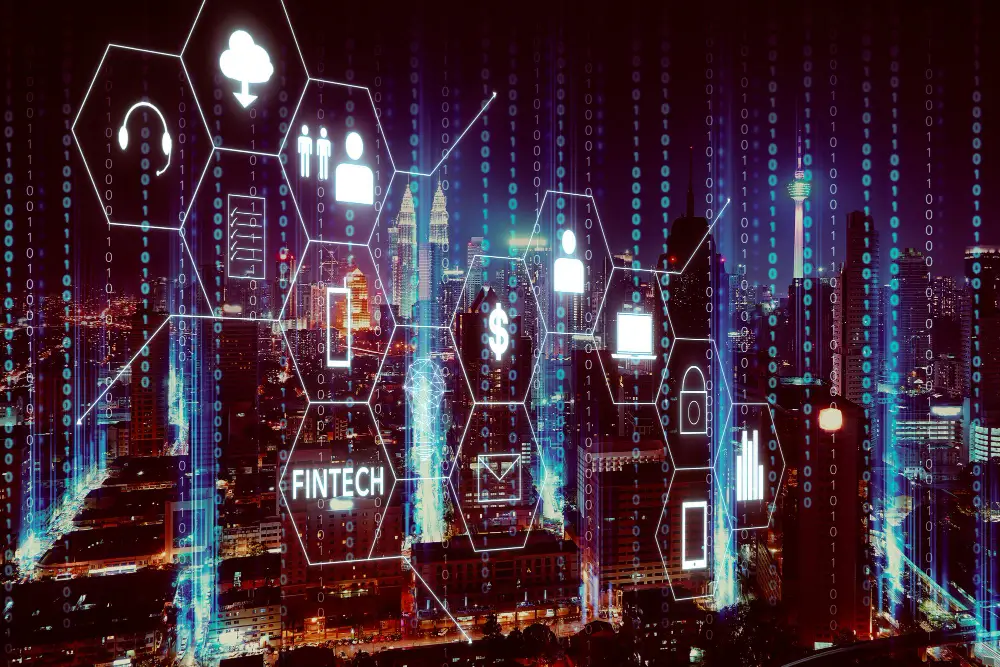Introduction & Purpose
Knowledge update and Industry update at Skyline University College (SUC) is an online platform for communicating knowledge with SUC stakeholders, industry, and the outside world about the current trends of business development, technology, and social changes. The platform helps in branding SUC as a leading institution of updated knowledge base and in encouraging faculties, students, and others to create and contribute under different streams of domain and application. The platform also acts as a catalyst for learning and sharing knowledge in various areas.
Dr. Jalal Rajeh Hanaysha
From Different Corners
The concern towards sustainable marketing has increased in recent years viewing it as an essential component of contemporary marketing strategies. Consumers expect companies to act responsibly in serving them and follow ethical practices in developing and promoting their products and services (Mohr, Webb, & Harris, 2001).
Ms. Madiha Rashid
From Different Corners
Math misconceptions can make it more difficult for pupils to acquire and comprehend mathematical topics. These false beliefs frequently result from inadequate or inaccurate comprehension of basic mathematical concepts. It is imperative to tackle these misunderstandings to foster a more profound comprehension of mathematics and enhance overall outcomes in mathematics education.
What is meant by misconceptions?
Dr. Hussain Dawood
From Different Corners
In recent years, the integration of artificial intelligence (AI) into healthcare systems has revolutionized the diagnosis, treatment, and management of diseases. AI technologies, such as machine learning and natural language processing, have demonstrated remarkable potential in improving patient outcomes, reducing costs, and enhancing overall healthcare delivery. This article provides a comprehensive review of the role of AI in healthcare and its implications for the future of medicine.
Ms. Anjali K P
From Different Corners
Nuclear physics is the study of the fundamental features and interactions of atomic nuclei. Although nuclear physics is a very young science, it has had a significant impact that goes far beyond improving our knowledge of the nucleus and its properties. Our surroundings are composed of various nuclei. Understanding how nuclei and their constituent protons and neutrons form and evolve, as well as how each nucleus structure is unique, is therefore essential to comprehending the nature in which we exist. One of the unique distinctive nuclei is the proton halo nucleus [1].
Dr. Channaganu Paramaiah
From Different Corners
The connection among economics, entrepreneurship, and innovation has in no way been greater crucial than in the modern emerging world. Such three factors are critical for sustainable increase due to the fact they pressure generation development, open up sparkling markets and foster economic booms. This article examines how these parts relate to each other, their challenges in addition to advantages toward international commercial enterprise shift.
Prof. Nizar Sahawneh
From Different Corners
The discourse about international economic power is further enhanced by the development of digital payment systems, which have sparked a worldwide competition to implement a central bank digital currency (CBDC). Currently, over 80 percent of central banks worldwide have undertaken efforts pertaining to national digital currencies, as stated in a research by the Atlantic Council.44 While digital payment systems have been around for some time, the concept of a Central Bank Digital Currency (CBDC), issued by a central bank and backed by fiat currency on a one-to-one basis, has introduced new possibilities for financial diplomacy.
Dr. Mahmoud Al Khasawneh
From Different Corners
The emergence of the Internet of Things (IoT) has fundamentally altered how we engage with our environment, especially in the setting of smart cities. But as our cities becoming more structured, it becomes more important than ever to have robust security measures in place to safeguard private information and guarantee the uninterrupted operation of crucial systems. The decentralized and tamper-resistant characteristics of blockchain technology has made it a viable option to improve IoT security in smart cities.
Dr. Mohammad Abdul Salam
KNOWLEDGE UPDATE
Conceptual Foundations: The concept of a circular economy stands as a stark contrast to the traditional linear economy, which follows a 'take-make-dispose' model, leading to resource depletion and environmental degradation. In a circular economy, resources are kept in use for as long as possible, with their value maximized through recycling, refurbishing, and reusing. The core principles of a circular economy revolve around designing out waste and pollution, keeping products and materials in use, and regenerating natural systems.
Dr. Ayat Ahmed Alrosan
KNOWLEDGE UPDATE
Colorectal Cancer (CRC) is characterized by its notable status as the third most lethal form of cancer. According to the cited source, colon cancer demonstrates a five-year survival rate of roughly 68%, but stomach cancer exhibits a comparatively lower survival rate of 44% [1]. In the pursuit of reducing mortality rates related to colorectal cancer (CRC), an approach of significant efficacy involves the detection and elimination of precancerous abnormalities.
Dr. Reyaz Ahmad
KNOWLEDGE UPDATE
Mathematics is a broad topic that involves more than just applying formulae and solving equations; it also requires a thorough comprehension of concepts and the capacity to use logic to solve issues.













